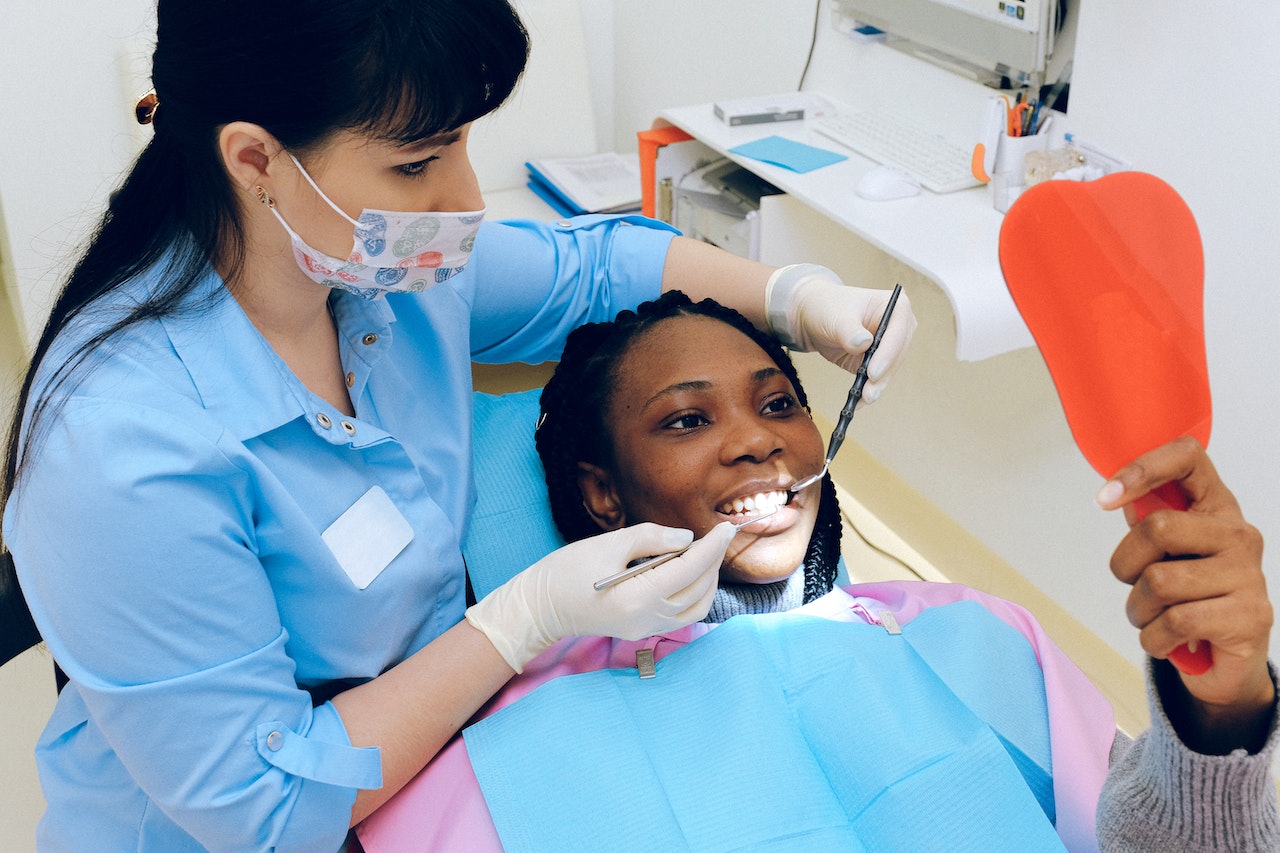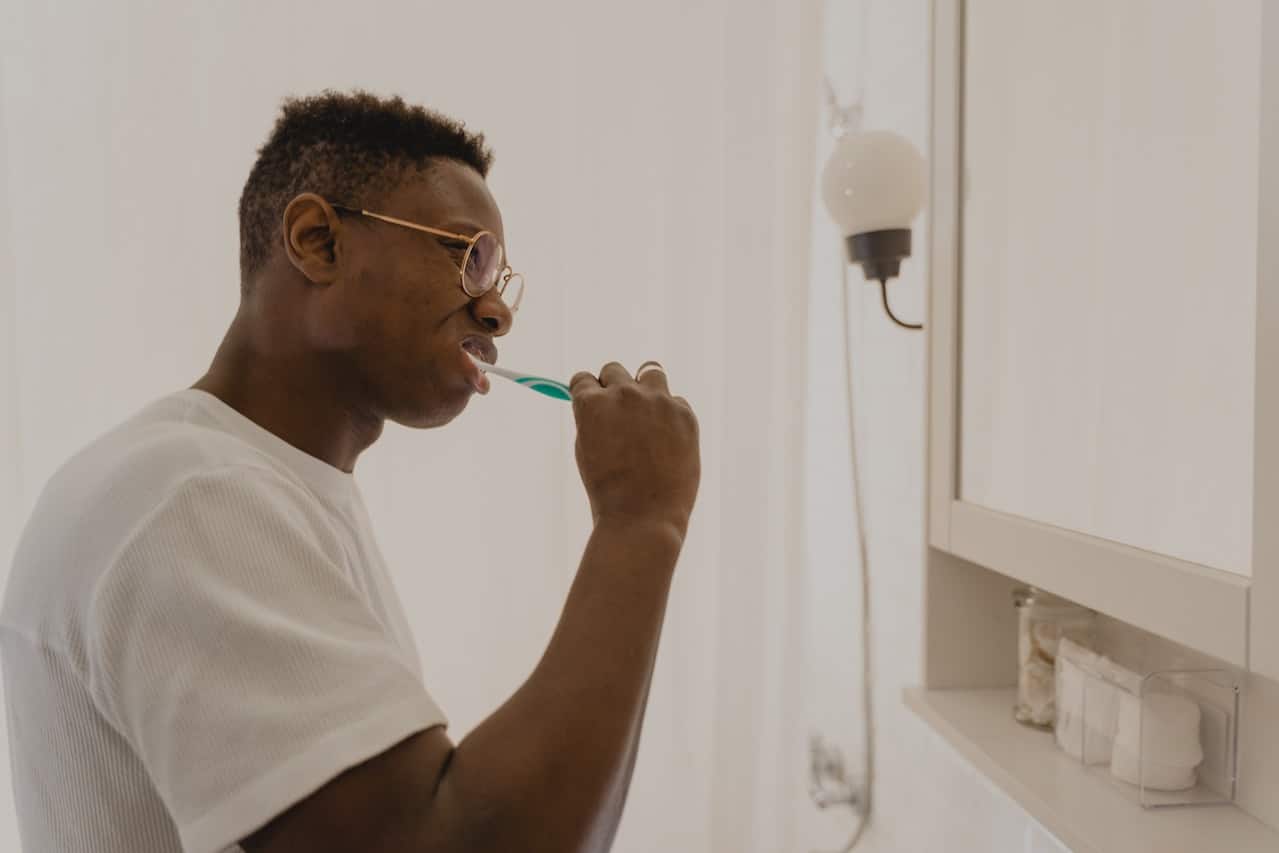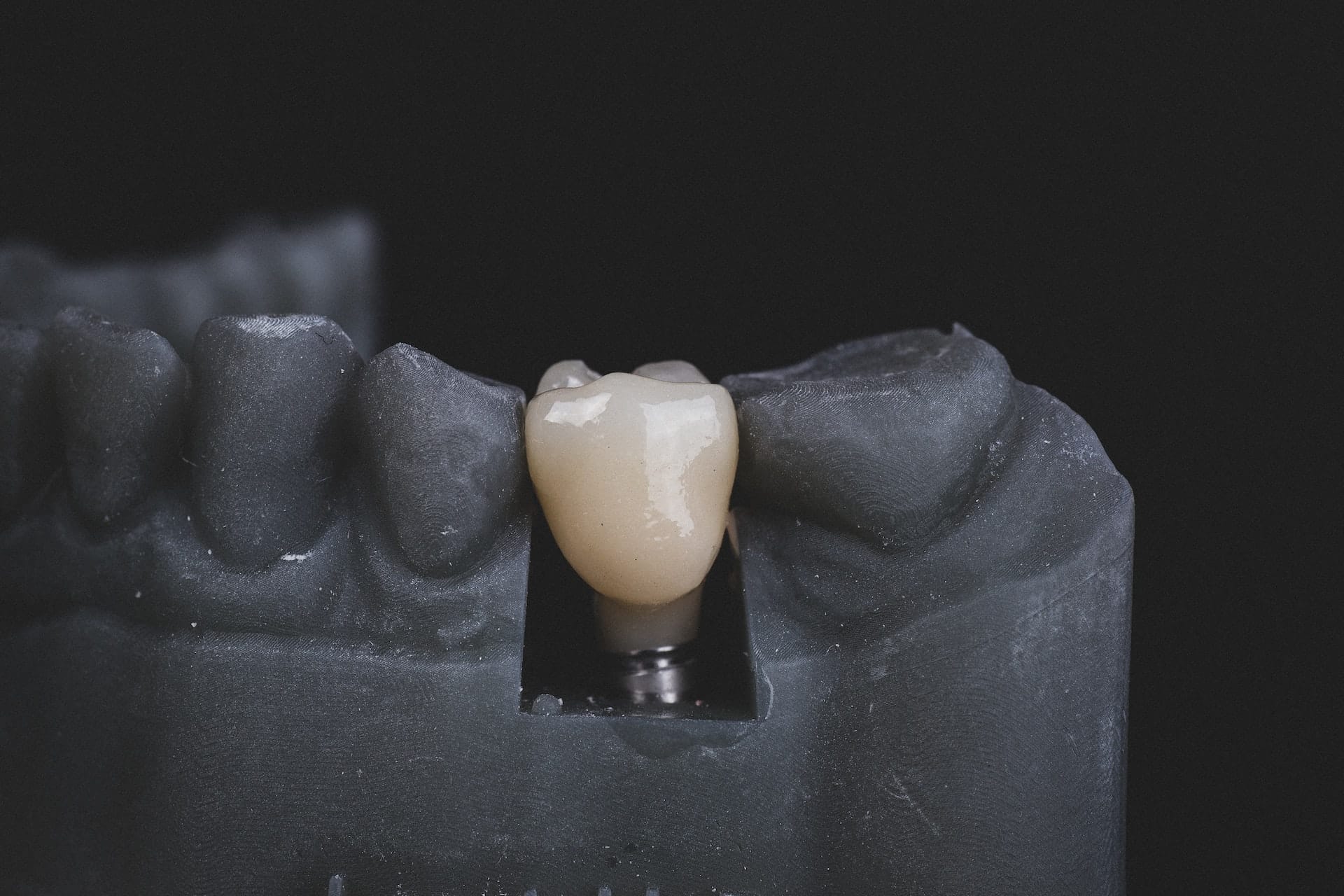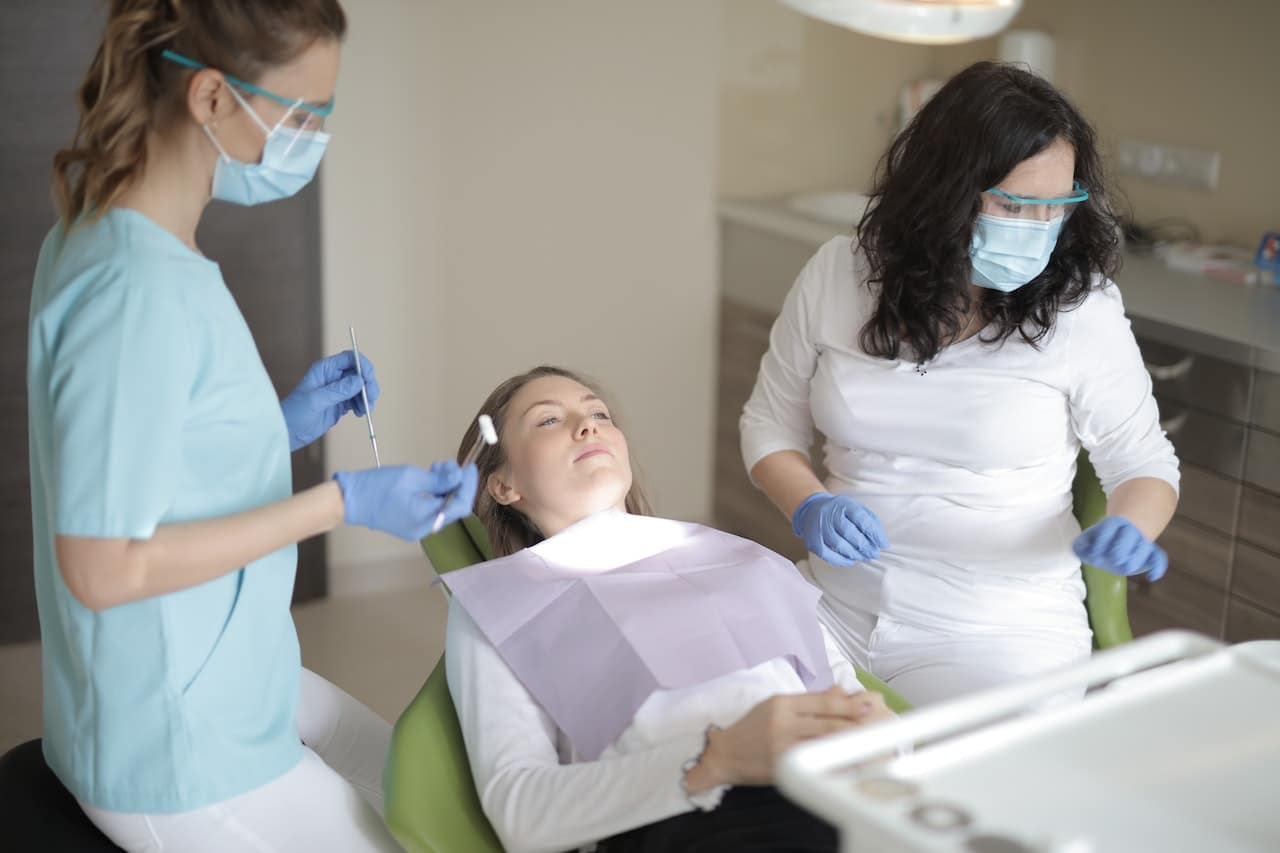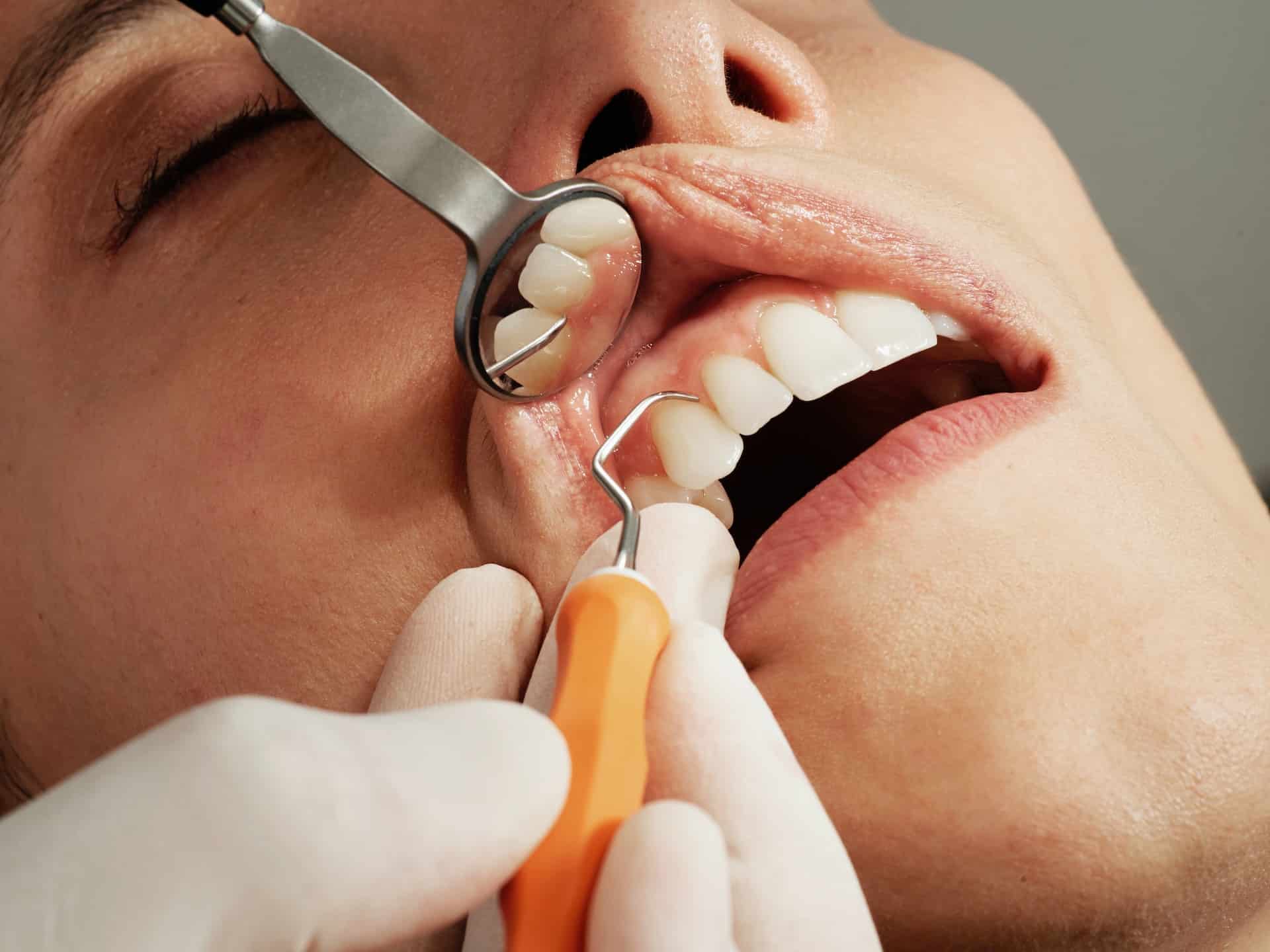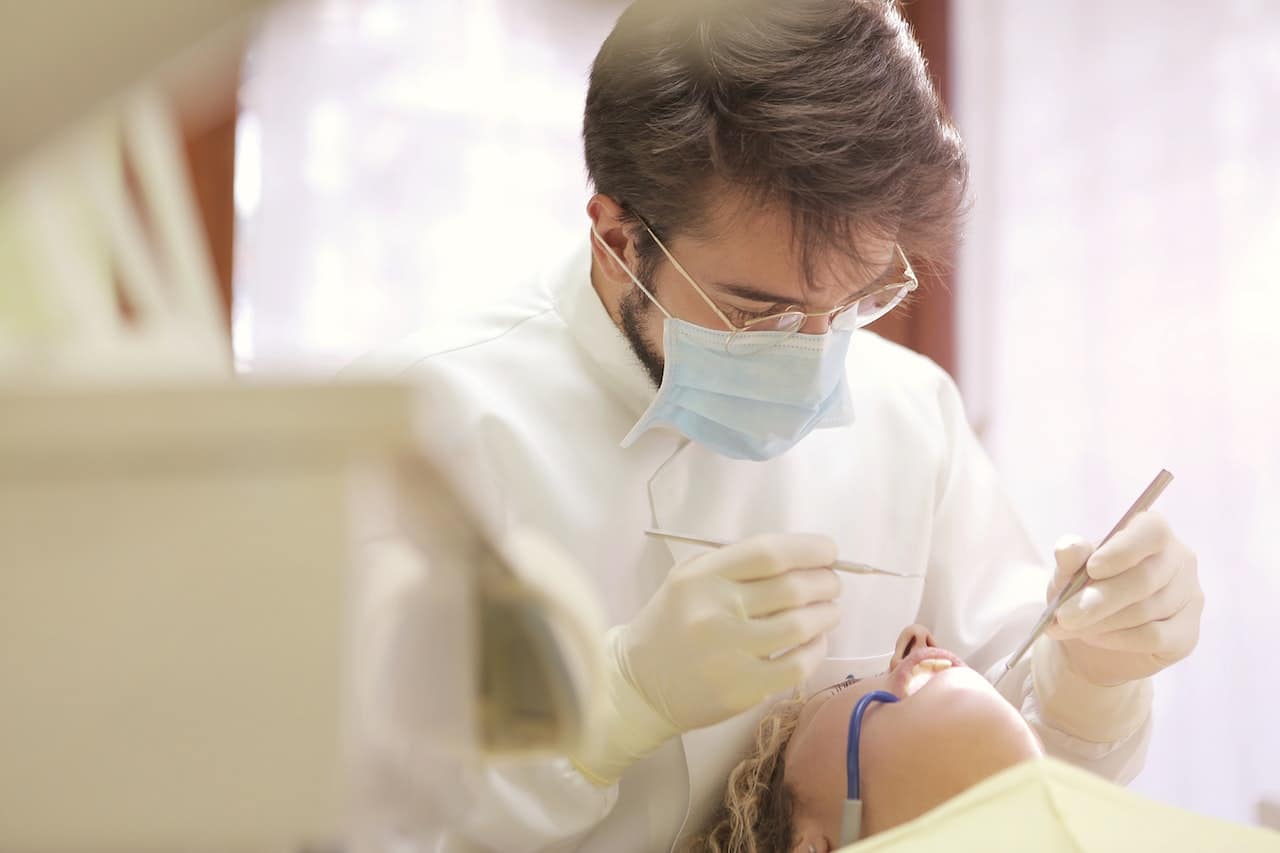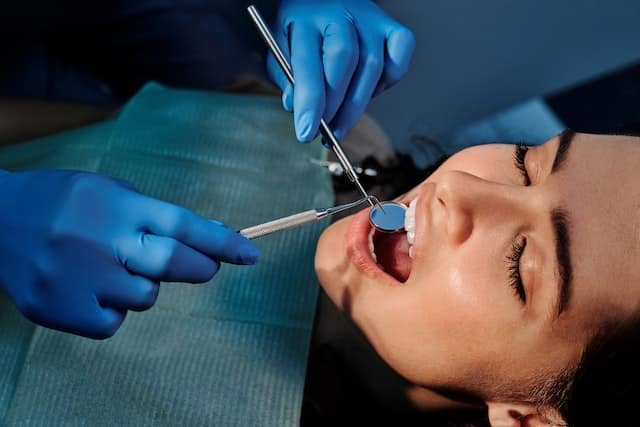It’s natural to feel anxious when preparing for a dental extraction. After all, you’re having a tooth removed, which can cause discomfort. Fortunately, there are some steps you can take to help make the experience as comfortable and stress-free as possible:
1. Have a Full Understanding of the Procedure
Getting a dental extraction can be intimidating, but it’s important to remember that it’s a common and safe procedure. Before the extraction, your dentist will examine the tooth to determine the best way to remove it. Depending on the type of extraction, they may use a dental pick, forceps, or a laser to loosen the tooth and carefully remove it.
During the procedure, you may experience discomfort, but your dentist will offer local anesthesia to help reduce any pain. You may also be given antibiotics to prevent infection. Once the extraction is complete, your dentist will place a gauze pad over the affected area to help stop the bleeding.
You can ensure a successful outcome by understanding the tooth extraction procedure and following your dentist’s instructions for recovery. If you have questions or concerns about the procedure, don’t hesitate to talk to your dentist. They’ll be happy to answer any questions and help you feel more comfortable.
2. Plan Ahead of Schedule
Make sure to schedule the appointment when you don’t have any other commitments that day, as you’ll likely need some downtime afterward. Additionally, bringing along a friend or family member who can drive you home after the procedure is a good idea.
3. Listen to Your Dentist’s Instructions for Pre-Extraction Care
Paying attention to your dentist’s instructions for pre-extraction care is important. This may include taking certain medications or abstaining from eating or drinking for several hours before the procedure.
You should also discuss any medications or supplements you are currently taking with your dentist. Certain medications or supplements can increase the risk of bleeding or other complications during the extraction.
It’s also important to practice good oral hygiene before the extraction. Brushing and flossing your teeth regularly can help reduce the risk of infection and other complications. Make sure to brush and floss your teeth the night before the extraction and again in the morning before the procedure.
4. Follow Your Dentist’s Aftercare Instructions
After a dental procedure, following your dentist’s instructions for aftercare is important to ensure a speedy and successful recovery. Proper aftercare is essential for reducing your risk of infection and ensuring that your procedure has the best possible outcome.
It is important to take any medications that your dentist has prescribed. These medications may include antibiotics, pain relievers, or other medications to help heal. Make sure to follow the instructions for dosage and duration of use carefully.
You may also need to apply cold compresses to the area to reduce swelling and discomfort. This should be done several times a day for the first couple of days after the procedure.
It is also important to avoid certain activities after a dental procedure. This may include strenuous physical activities, such as running or lifting heavy objects, or activities that involve the mouth, such as smoking. These activities can increase the infection risk and slow the healing process.
Conclusion
Dental extraction can be a stressful experience, but it can be made easier by following the tips outlined above. If you have any questions or concerns about the procedure, don’t hesitate to reach out to your dentist for more information. With the proper preparation and care, you can ensure that your extraction experience is as comfortable and stress-free as possible.
Are you in need of a dental extraction in Pickering? Pickering Dental Services is here to help. Whether you require a simple extraction or something more complex, our dental team can help you out so you can enjoy a lifetime of healthy smiles. Get in touch with us today!

